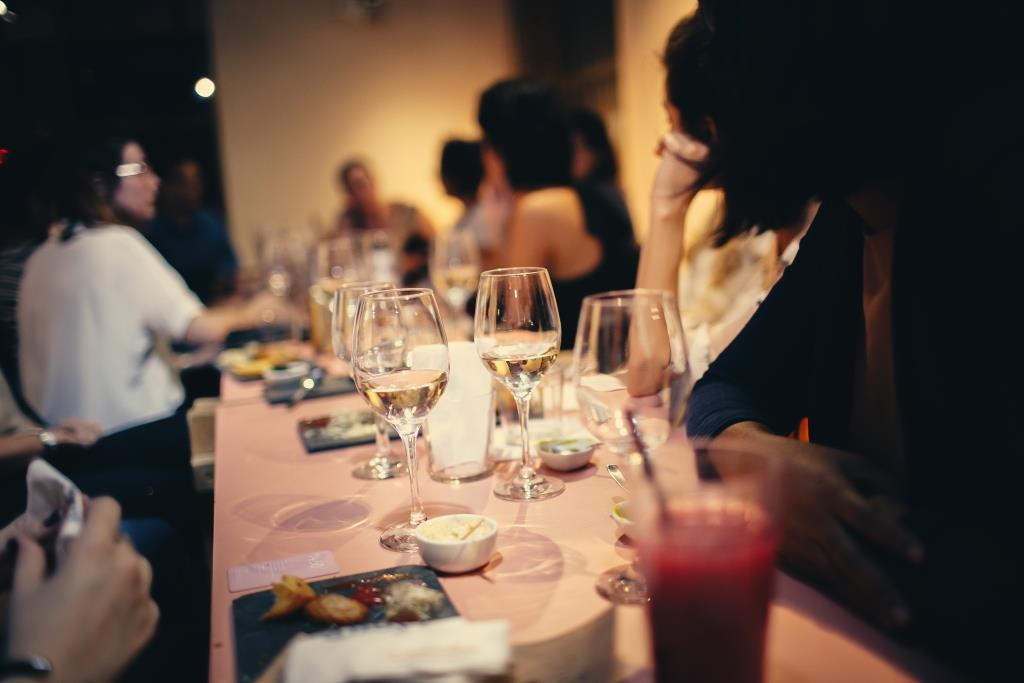
I attended Rebecca Reddin’s session on PDD day 1 (repeated on the second day) feeling ready to be entertained. After all, I like both Spanish wine and translating, although I have had some disappointing experiences with both as well. For me, one major difference is that one costs money and the other brings it in. However, many of Rebecca’s clients are Spanish winemakers, so hopefully she’s found a balance.
Once Rebecca got started, the parallels seemed fairly obvious: both Spanish wine and translation are cultural products, influenced by factors like geography, history, social function and values. Both are ancient human pursuits and thereby have respected traditions associated with them. Using corks is one good example from the wine world. Although there is an argument that corks are cheaper if you’re already near the cork-oak trees, wine corks are hallowed tradition in Spain. Spanish winemakers wouldn’t be caught dead putting wine in screw-top bottles. (Or at least not selling them in Spain; one SENSE member has seen the same Rueda with a cork at Spanish supermarkets and in a screw-top at Albert Heijn.) With both wine and translations, a good end product requires time and good raw materials, such as soil/sun/vines and in our case, the source text. There are different styles; wine has different colours, grape varieties, etc. and translations come in different types of text, voices, etc. And both entail continual decision-making along the way.
But this was just the beginning. The above points were only from one perspective, ‘looking from the inside out’, ie, from the point of view of people inside each industry. She continued her analysis ‘from the outside in’, ie, from the perspective of people not involved in the industry in question. Both winemaking and translating are opaque processes to most outsiders. Most clients aren’t aware of how the finished product happens. Clients don’t always care about this either – for most, the only question is whether they like it or not, and not necessarily why they like it. The price/quality relationship is another aspect the two share. Lastly, in both industries client trust often has to be established first.
Moving on, she mentioned changes such as market trends, social and cultural shifts, and new technical/technological developments as factors that neither field can ignore.
In closing, Rebecca offered some lessons to be learned. Firstly, speak your client’s language, not yours – our clients may not want to know about the percentage of matches or the passive voice any more than people buying wine want to know about malolactic fermentation. Secondly, your image is also something that matters to the client (see corks above), even if your product itself is something they can’t really see. Thirdly, focus on a segment of the market that you resonate with. And lastly, collaborating with others can sometimes bring about some exciting results.
So in fact the translation world and the Spanish wine world are not all that different! This was an entertaining and thought-provoking session. It ended at 12:20, which in Spain was probably time to knock off for lunch and a glass or two of wine, but for me, time to get a little more coffee before the next session…